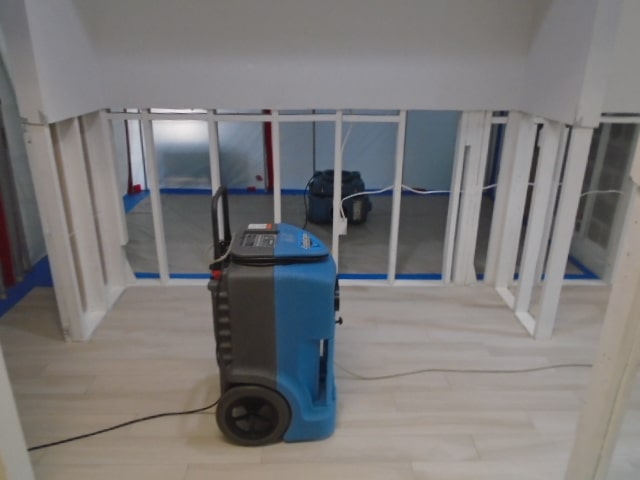Mold is a problem that can't be ignored on the earth of property management. Despite their grandeur and usefulness, commercial constructions are nonetheless susceptible to the problems that mildew infestations may cause. These stealthy intruders have the potential to damage a building's structural integrity, degrade the air high quality, and endanger the well being of its people. In this text, we look at the difficulties owners and managers of business properties expertise whereas conducting a mold inspection in addition to the inventive options used to deal with this widespread problem.
The Hidden Threat: Mold in Commercial Properties
Mold, a sort of fungi that thrives in damp and humid environments, can take root in business properties simply as simply as in residential areas. From office buildings to retail facilities, hotels, and industrial services, mold can silently establish itself within walls, ceilings, and air flow systems. Unlike visible points, mold often remains hidden till it reaches a important stage, making its detection and prevention essential.
Challenges in Mold Inspection for Commercial Properties
1. Large and Complex Spaces: Commercial properties are sometimes larger and extra intricate than residential ones, making complete mold inspection a difficult task. Hard-to-reach areas and in depth air flow systems can create ideal breeding grounds for mildew development.
2. Occupant Disruption: Carrying out mold inspections in a industrial setting can disrupt every day operations. Mold Inspection Tampa FL should balance the necessity for inspection with the least attainable impact on tenants, customers, and workers.
3. Varied Building Uses: Commercial properties serve a variety of functions, each with distinct environmental situations. This range makes it essential for inspectors to tailor their method to the precise necessities of the property.
four. Regulatory Compliance: Commercial properties must adhere to numerous regulations and standards, which often include tips for indoor air quality. Failing to meet these standards may find yourself in authorized and monetary consequences.
Innovative Solutions for Effective Mold Inspection
1. Advanced Detection Techniques: Technology plays a vital function in trendy mildew inspections. Infrared cameras, moisture meters, and thermal imaging are tools that aid inspectors in pinpointing hidden sources of moisture, a crucial think about mold growth.
2. Scheduled Inspections: Establishing an everyday mildew inspection schedule can help prevent infestations from going unnoticed. Early detection permits for swift remediation, minimizing the influence on the property and its occupants.
3. Collaboration with Professionals: Property managers can collaborate with licensed mould inspectors who concentrate on business spaces. These specialists perceive the distinctive challenges and might offer tailored options.
four. Education and Awareness: Raising consciousness amongst property occupants in regards to the importance of reporting water leaks and indicators of mould can aid in early detection and prevention.
5. Preventive Maintenance: Implementing routine upkeep that focuses on controlling moisture ranges and addressing potential sources of water intrusion can considerably reduce the danger of mildew growth.

In the world of property administration, mildew is a formidable adversary that requires vigilance, information, and a proactive approach. By acknowledging the challenges posed by mildew in business properties and embracing revolutionary solutions, property managers and homeowners can safeguard their investments and the health of occupants. Early detection, collaboration with experts, and a dedication to preventive measures are the cornerstones of effective mold inspection and mitigation. As the actual estate business continues to evolve, so too should our strategies for addressing mold-related concerns.
